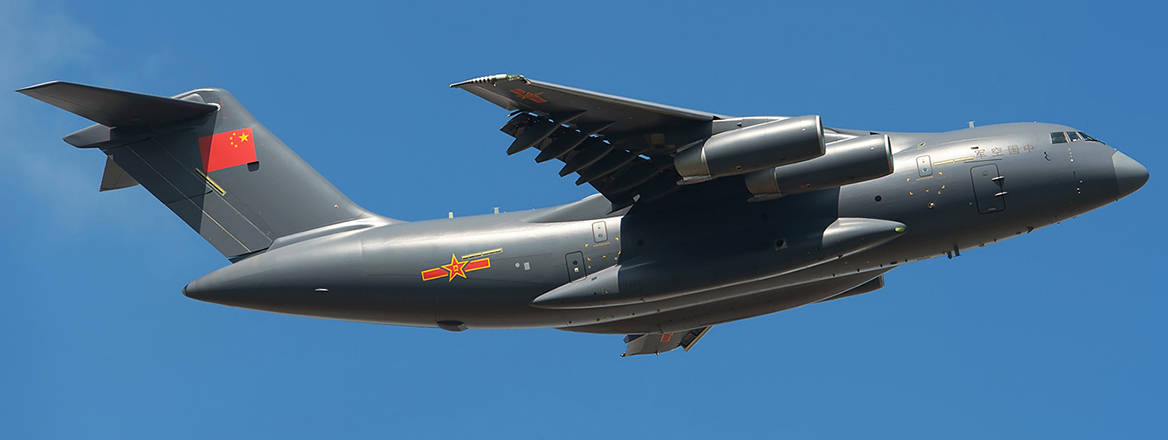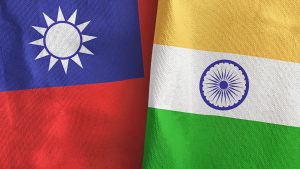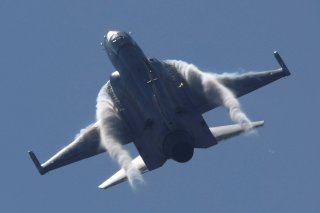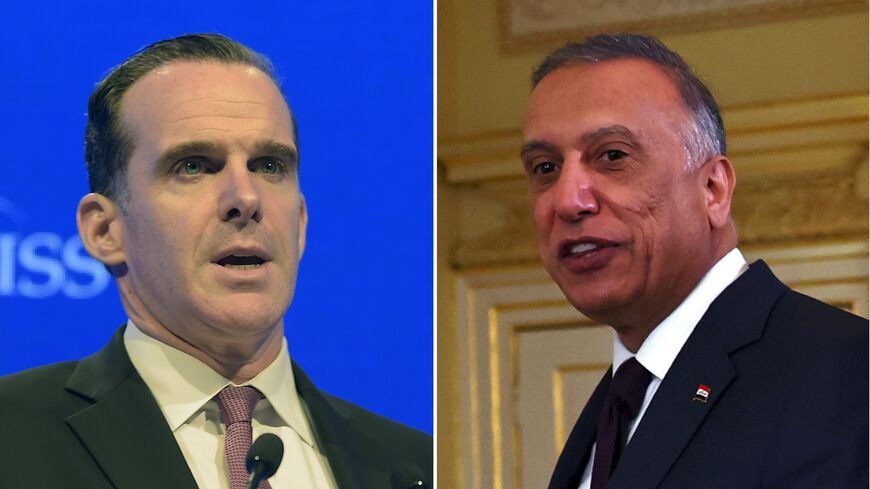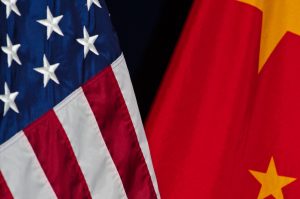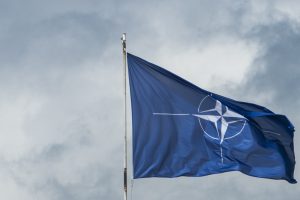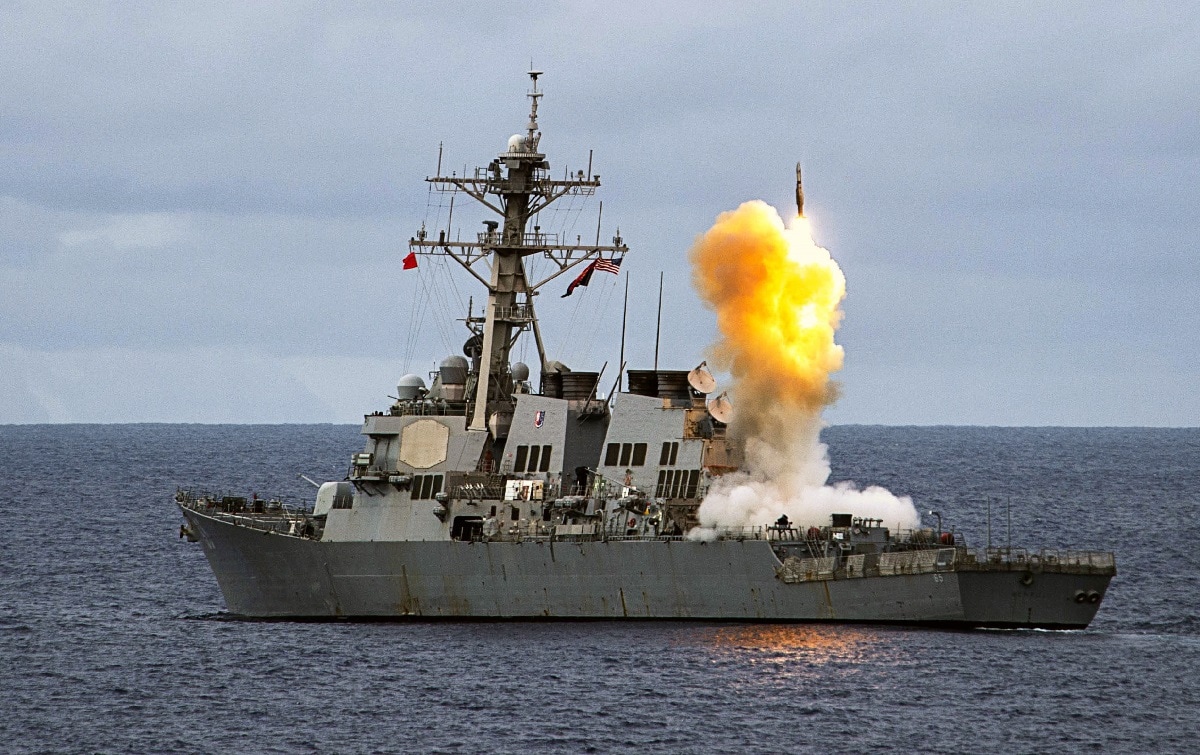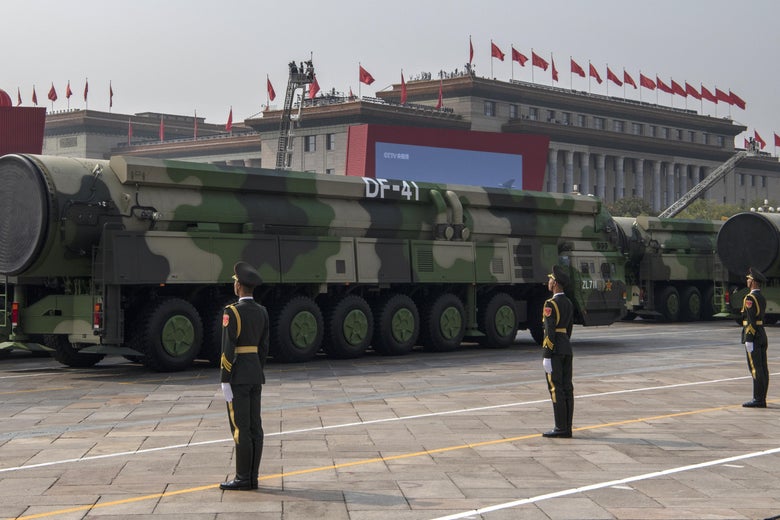BILL ROGGIO & ANDREW TOBIN
With rapid gains in recent days, the Taliban now threatens 16 of Afghanistan’s 34 provincial capitals, while 18 of the provinces in their entirety are under direct threat of falling under Taliban control, according to an ongoing assessment by FDD’s Long War Journal.
Since the Taliban began its offensive after President Joe Biden announced the withdrawal of U.S forces on April 14, the Taliban has more than tripled the number of districts controlled by the group, from 73 to 221. Many of the districts lost to the Taliban are in the north and west, however the Taliban has continued to gain territory in the south and east. The Taliban offensive in the north is designed to undercut Afghan power brokers and warlords in their home districts and provinces.
The map, above, shows an Afghanistan that is at risk of complete collapse if the government and military do not get a handle on the security situation, and quickly. A written assessment of select provinces is listed below. The methodology of the assessment follows.





